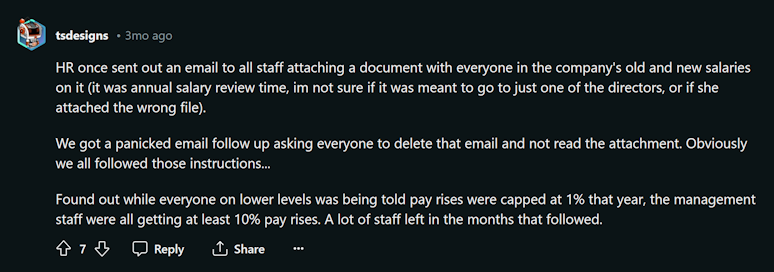 |
How to Handle Misdirected Emails
Misdirected emails are emails that you send to the wrong person by mistake. This can happen for various reasons, such as selecting the wrong address from the autocomplete list, typing the wrong name, or confusing similar email addresses. Misdirected emails can cause serious problems for you and your company, such as data breaches, legal issues, reputation damage, and loss of clients. Here are some steps you can take to deal with misdirected emails:
Step One: Assess the situation
First, you need to check what kind of information you have sent to the wrong person. Is it sensitive, confidential, or personal? Does it belong to your company, your clients, or your business partners? How likely is it that the recipient will use it against you or share it with others?
Some misdirected emails are harmless, such as sending a personal message to a colleague instead of a friend. Others are more serious, such as sending client data to a competitor or even a journalist. You need to be realistic about the potential consequences of your mistake and act accordingly.
Step Two: Notify your data security team
Even if you think the misdirected email is not a big deal, you should still inform your data security team as soon as possible. Misdirected emails are a form of data loss, and your company may have policies and procedures to handle them. Your data security team can help you assess the risk, advise you on the next steps, and take measures to prevent further damage.
Do not try to hide or ignore your mistake. This can make things worse and expose you to more liability. Be honest and transparent with your data security team and cooperate with them.
Step Three: Consider whether you should apologize to the recipient
Another thing you need to decide is whether you should contact the recipient of the misdirected email and ask them to delete it. This depends on the circumstances and the company culture you are dealing with. Some people prefer to stay silent, hoping that the recipient will not notice or care about the email. Others choose to send a brief email saying something like "MESSAGE REDACTED" or "Please disregard the previous email".
You may also want to apologize to the recipient and explain that you have sent them private or confidential information by mistake. You can ask them politely to delete the email and any attachments, and to confirm that they have done so. However, you should also understand that they may not comply with your request. While it’s good etiquette for the recipient to delete the information they have received by mistake, they don’t have a legal obligation to do so. Therefore, you should not rely on their goodwill or cooperation.
Instead, you should focus on protecting your company and anyone else whose information you may have leaked. This leads to the next step.
Step Four: Notify anyone who may be impacted, and be prepared to face the consequences
The final and most important step is to inform anyone who may be affected by your misdirected email. This includes your manager, your clients, your business partners, and anyone else whose data you have shared without their consent. You should apologize to them and explain what happened, what you have done to fix it, and what you will do to prevent it from happening again.
You should also consult with your legal team and find out whether you need to report the incident to any authorities. Depending on the content of the email and the data protection laws in your region, you may be required to notify the regulators, the media, or the public about the data breach. Failing to do so can result in fines, lawsuits, or criminal charges.
Misdirected emails are not a trivial matter. They can have serious consequences for you and your company. Therefore, you should always be careful when sending emails, double-check the recipients, and follow the steps above if you make a mistake.